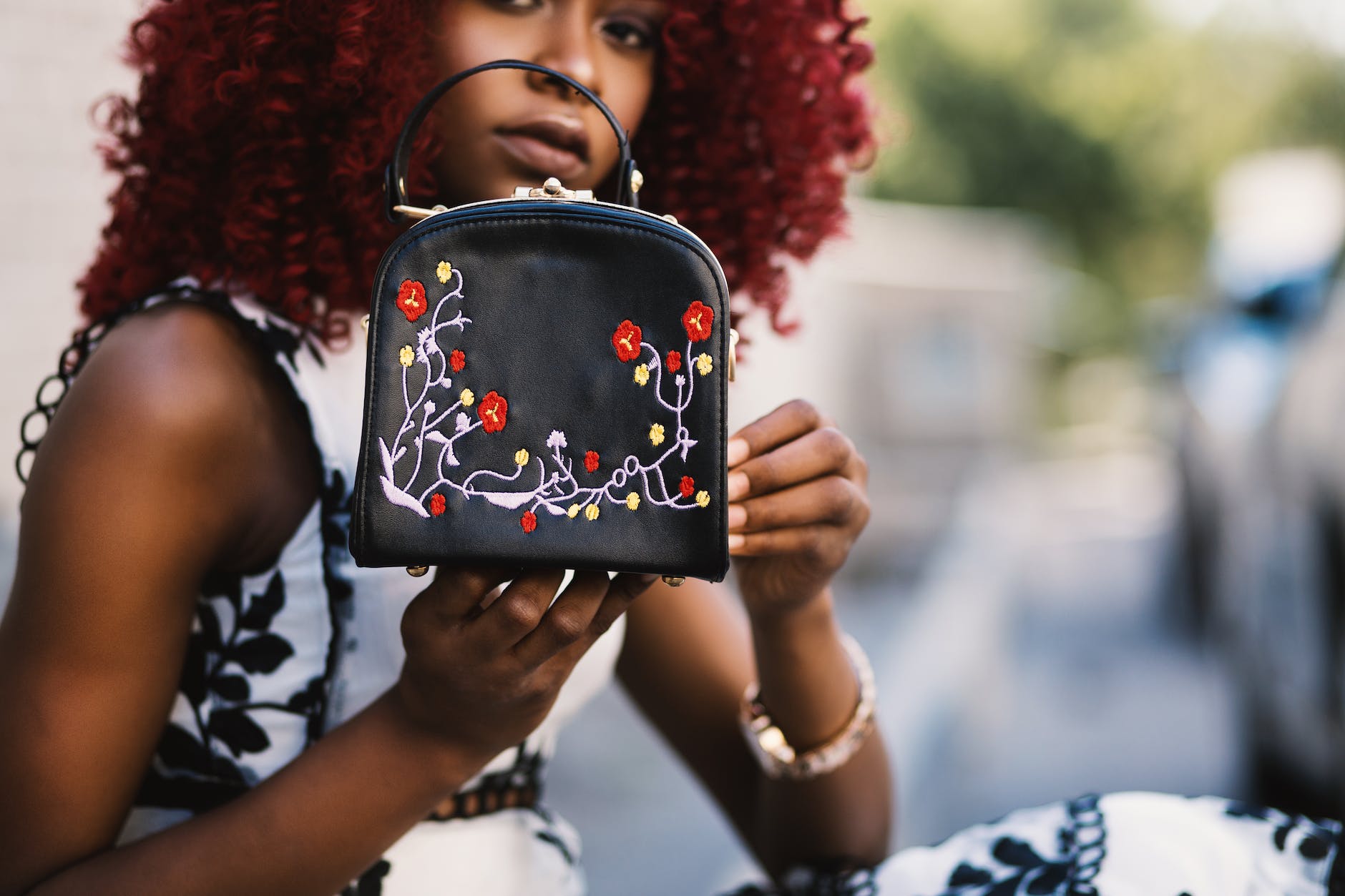embroidery techniques: satin stitch, french knots, and more
Embroidery is a versatile craft that can be used to create a wide variety of beautiful and intricate artworks. While basic stitches provide a solid foundation, embroidery truly blossoms when artists explore more advanced techniques.
Specialized stitches can be used to create a variety of effects, such as raised textures, dimensional flowers, and realistic animal fur. Dimensional effects can be created by using different types of stitches, such as French knots and bullion knots, or by adding beads or other embellishments. Applique is a technique that involves sewing pieces of fabric onto the embroidered fabric to create a three-dimensional effect. Thread painting is a technique that uses different colors of thread to create the illusion of painting with watercolors.
Mastering techniques beyond the basics allows embroiderers to bring more intricate, expressive, and lifelike qualities to their art. For example, an embroidery artist who has mastered the art of thread painting can create realistic portraits or landscapes that look like they were painted with watercolors.
The possibilities are endless when it comes to advanced embroidery techniques. By experimenting with different techniques and combinations of stitches, embroiderers can create truly unique and beautiful artworks.
Here are some tips for learning advanced embroidery techniques:
- Take a class or workshop from a qualified instructor. This is a great way to learn the basics of advanced techniques from someone who is experienced.
- Read books and articles about advanced embroidery techniques. There are many resources available that can teach you the basics of these techniques.
- Experiment with different techniques and combinations of stitches. The best way to learn advanced embroidery techniques is to experiment and see what works for you.
- Don’t be afraid to ask for help. If you’re stuck on a particular technique, there are many online forums and message boards where you can ask for help from other embroiderers.
With a little practice and patience, you can learn to master advanced embroidery techniques and create truly beautiful and intricate artworks.
Dimensional Stitches
Dimensional techniques build up texture and volume on the surface of embroideries for increased realism and visual interest. Popular dimensional stitches include:
French Knots: Tight wrapped knots made of yarn or floss. Worked in spirals and clusters, they create textured effects.
Bullion Knots: Loosely coiled knots that form an open spiral resembling a bullion coin. Adds shiny dimension.
Needle Weaving: Weaving yarn or ribbon through previously laid stitches to create texture and shape. Great for fur, grass, feathers.
Couching: Uses decorative yarns, cords, or ribbons tacked down with small stitches rather than worked through the fabric. Produces braided effects.
Decorative Stitches
Intricate stitch patterns that interlace threads in complex ways go beyond standard backstitch and chainstitch options. Examples include:
Herringbone Stitch: Crossed diagonal stitches forming a zigzag pattern, like a herringbone tweed. Offers texture and flexibility.
Lazy Daisy stitch: Looped stitch forming a floral motif. Individual daisies interconnect to make borders and filler patterns.
Feather stitch: Fanning stitch worked from a central vein. Resembles feather plumes and makes flowing fill stitches.
Chevron Stitch: Zigzag stitch alternating between wide and narrower shapes. Often used in borders, trails, and to outline shapes.
Blanket Stitch: Wide interlocking stitches with a knotted appearance. Used for edging, applique, and surface patterns.
Thread Painting
Thread painting uses embroidery stitches to create painted effects with thread on fabric. Beautiful for portraits, landscapes, and realistic nature scenes. Techniques involve:
Precision stitching to smoothly blend and transition colors. Long, smooth stitches prevent pixelation.
Varying stitch direction to follow shapes and contours rather than working in uniform rows.
Stitching from dark to light to layer and build up colors properly.
Choosing variegated threads to intermix hues within one strand.
Combining textures like satin stitch, running stitch, French knots to create further dimension.
Shading subtlety with small, gradual color and value shifts.
Applique Embroidery
Applique involves sewing cut fabric pieces onto a background fabric for interest and ornamentation. Ways to attach appliques include:
Turned Edge: Fabric shape edges folded under and whipstitched. Gives a smooth border.
Raw Edge: Shapes cut from felt or other non-fraying fabrics applied directly. Offers bold graphics.
Reverse: Fabric shape cut slightly larger and appliqued centered over background. Provides a framing border.
Fused: Iron-on interfacing adheres fabric shapes before stitching around perimeter. Easy but stiff.
Once attached, appliques can be further decorated with accent stitches, couching, decorative edges, etc.
Mixed Media Embroidery
Adding non-textile embellishments creates captivating dimensional and collage style effects. Beads, buttons, charms, ribbons, found objects, and alternative materials complement stitched textures.
Bead embroidery stitches glass beads into designs using beadwork needles and specialty stitches like the bead stitch and colonial knot.
Stumpwork uses wires, gimp threads, and stiff padding to build up sculptural embroidered pieces.
Alternative materials like leather, plastic, metal mesh, vinyl, and recycled items make striking mixed media statements.
Unconventional Stitches and Materials
Moving beyond rules opens radical creative possibilities for embroidery. Consider:
Extreme textures: Use rattail cord, wire, raffia, tree bark, stiff mesh, etc. Let items influence thread choices.
Rule breaking: Stitch outside the hoop, allow extensive fraying, or slash fabric post-stitching. Defy traditional order.
Found objects: Sew meaningful keepsakes like keys, ribbons, and hardware into works along with delicate stitches.
Abstract shapes: Loosen up shapes. Try scribbles, randomness, automation, and accidental motifs.
Reinventing tools: Stitch with gardening tools, children’s toys, or wood scrapers instead of needles for new marks.
Embracing both time-honored and experimental techniques allows embroiderers to master traditions while making them their own. There are always new creative frontiers to explore in embroidery.
